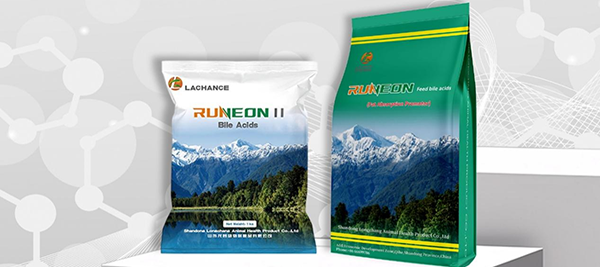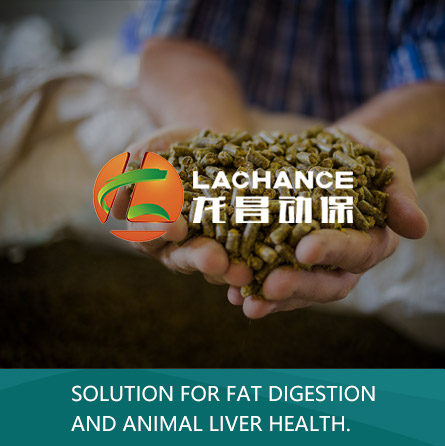BAs Research: Regulation and Applications in Animal Metabolism
01
Bile Acids and Glucose Metabolism
02
Bile Acids and Lipid Metabolism
03
Application of Bile Acids in Animal Production
Enhance Animal Performance
YANG et al. demonstrated that adding 60 mg/kg bile acids to the diet increased the egg production rate of laying hens from 80.72% to 85.59%, improving their late-stage laying performance. When bile acids were added at 60 or 90 mg/kg, serum levels of total cholesterol (TC), triglycerides (TG), and low-density lipoprotein cholesterol (LDL-C) were reduced, abdominal fat tissue decreased, and the abundance of beneficial gut microbiota increased. This also modulated the structure of cecal microbiota, enhancing bile acid biotransformation and butyrate production functions.
Improve Animal Heat Stress Resistance
Studies have shown that bile acids can alleviate the decline in production performance caused by heat stress to some extent. Heat stress inhibits the synthesis, conjugation, and uptake of tauro-conjugated bile acids in the body, disrupting enterohepatic circulation and potentially impairing the stress resistance of growing pigs. Exogenous bile acids can mitigate the adverse effects of heat stress on the body.
Enhance Animal Gut Health
Inflammatory bowel disease is a chronic, idiopathic, and complex condition associated with dysregulation of the mucosal immune system, damage to the intestinal epithelial barrier, and gut microbiota dysbiosis. It can affect the ileum, rectum, and colon. Infected animals exhibit damaged intestinal mucosa, bloody stools, reduced feed intake, indigestion, and weight loss, which can be fatal in severe cases, posing significant risks. Gut health directly impacts animal production performance. As a novel hormonal regulator, bile acids can modulate the expression of tight junction proteins, thereby regulating intestinal integrity.
Maintain Animal Liver Metabolic Function
With the development of the livestock industry, high-fat diets are increasingly used in animal production to reduce feeding costs. However, excessive fat intake increases metabolic pressure on the liver, leading to hepatic fat deposition and adverse effects on liver health, ultimately impairing lipid metabolism. Research indicates that bile acids can promote the emulsification and absorption of fats, enhance lipase activity, and help alleviate liver diseases caused by excessive fat intake, thereby improving production performance.










